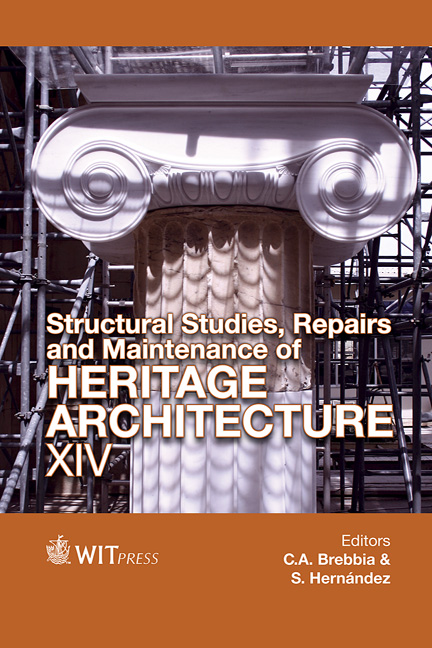New Life Cycles For Modern Ruins
Price
Free (open access)
Transaction
Volume
153
Pages
13
Page Range
207 - 219
Published
2015
Size
1,993 kb
Paper DOI
10.2495/STR150181
Copyright
WIT Press
Author(s)
P. Miano, G. Aquilar
Abstract
The transformation of modern industrial ruins, “machine-buildings” belonging to a relatively recent past – now devoid of their original meaning and use – allows an argument to be established on the role of the project as the intrusion of a “new life” within these architectures. Topics such as the reuse, recycling and rehabilitation of the productive heritage may be declined through the concepts of novelty and originality: an original re-reading of the pre-existences can produce a new spatial interpretation, capable of generating an authentic innovation, even through limited interventions. Starting from these premises, the proposed reasoning focuses on two projects – both partly realized – meant as the media to clarify the theoretical position assumed: the Washery at the Argentiera in Sassari, intended to accommodate the Mining Museum, and the Mill-Garden at the Zolfara in Tufo, designed to host the Wine Museum. In a time span ranging from the late nineteenth century to the sixties, these productive buildings – related to the mining assets – have had a parallel life: for many years the industrial activities have been completely interrupted and the structures totally abandoned. The “first life” of these buildings – with all their transformations – has been unequivocally concluded, and their “remains” have become an integral part of the landscape. The task of the project is therefore to insufflate a “second life” into these structures: a type of intervention which is not easy to define in synthetic terms, that originates from the pre-existing building and respects the needs of conservation, but does not act just as a restoration or introduction of new functions. The very peculiar spaces of the two complexes are today much more than fragments of their previous lives, and the deciphering of these spatial dynamics becomes the most interesting part of the design work, meant as the key assumption for the idea of the “new” in architecture.
Keywords
recycle, modern ruins, machine-buildings, industrial landscape




